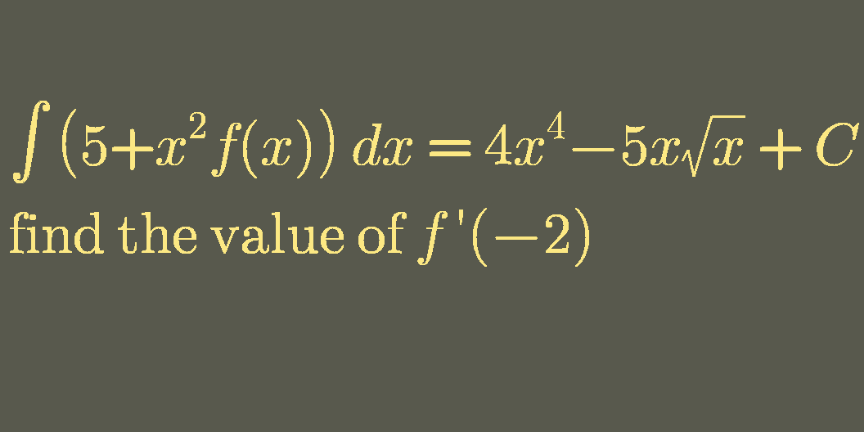
AllQuestion and Answers: Page 1149
Question Number 102796 Answers: 1 Comments: 0
Question Number 102795 Answers: 0 Comments: 0
Question Number 102790 Answers: 1 Comments: 0
Question Number 102784 Answers: 3 Comments: 0
$$\underset{{n}=\mathrm{1}} {\overset{\infty} {\sum}}\:\frac{{n}}{\mathrm{4}^{{n}} }\:=? \\ $$
Question Number 102783 Answers: 2 Comments: 0
Question Number 102773 Answers: 0 Comments: 0
Question Number 102769 Answers: 2 Comments: 9

Question Number 102771 Answers: 2 Comments: 0
Question Number 102894 Answers: 3 Comments: 0
Question Number 102763 Answers: 0 Comments: 0
Question Number 102753 Answers: 1 Comments: 0
Question Number 102745 Answers: 0 Comments: 2
Question Number 102721 Answers: 1 Comments: 1
Question Number 102716 Answers: 3 Comments: 0
$$\mathrm{y}''+\mathrm{3y}'−\mathrm{10y}=\mathrm{14e}^{−\mathrm{5x}} \\ $$
Question Number 102714 Answers: 0 Comments: 1

Question Number 102705 Answers: 0 Comments: 0
Question Number 102701 Answers: 2 Comments: 1
$${Evaluate}: \\ $$$$\int\frac{\mathrm{sin}\:{x}}{{x}}{dx} \\ $$
Question Number 102698 Answers: 2 Comments: 0

Question Number 102690 Answers: 3 Comments: 0
Question Number 102686 Answers: 0 Comments: 1
Question Number 102664 Answers: 2 Comments: 0
Question Number 102653 Answers: 3 Comments: 0

Question Number 102652 Answers: 0 Comments: 2
$$\mathrm{2}+\mathrm{18}+\mathrm{156}+\mathrm{1388}+...{n}\:{terms} \\ $$
Question Number 102651 Answers: 0 Comments: 1
Question Number 102644 Answers: 2 Comments: 0

Question Number 102642 Answers: 2 Comments: 0

Pg 1144 Pg 1145 Pg 1146 Pg 1147 Pg 1148 Pg 1149 Pg 1150 Pg 1151 Pg 1152 Pg 1153
